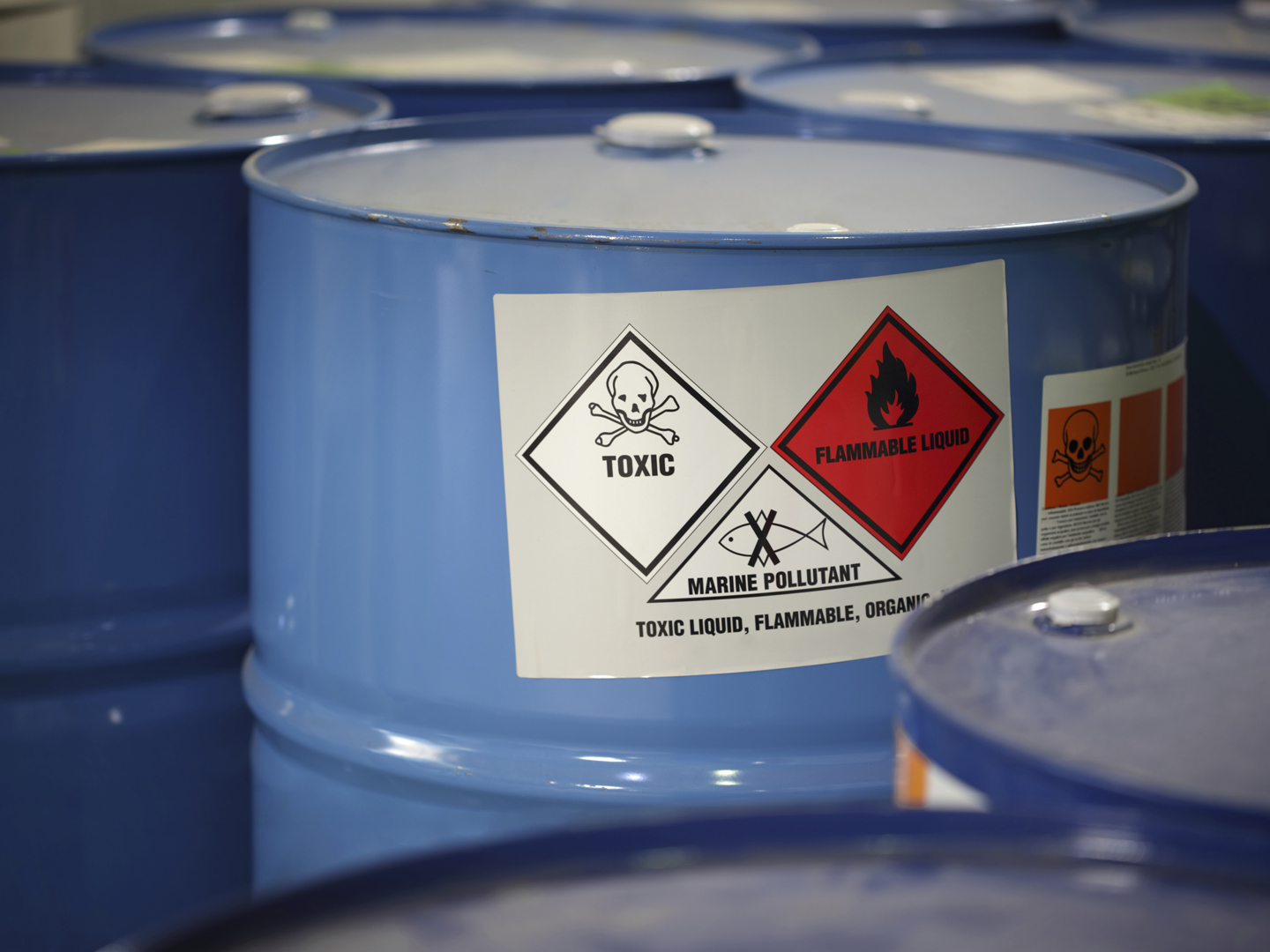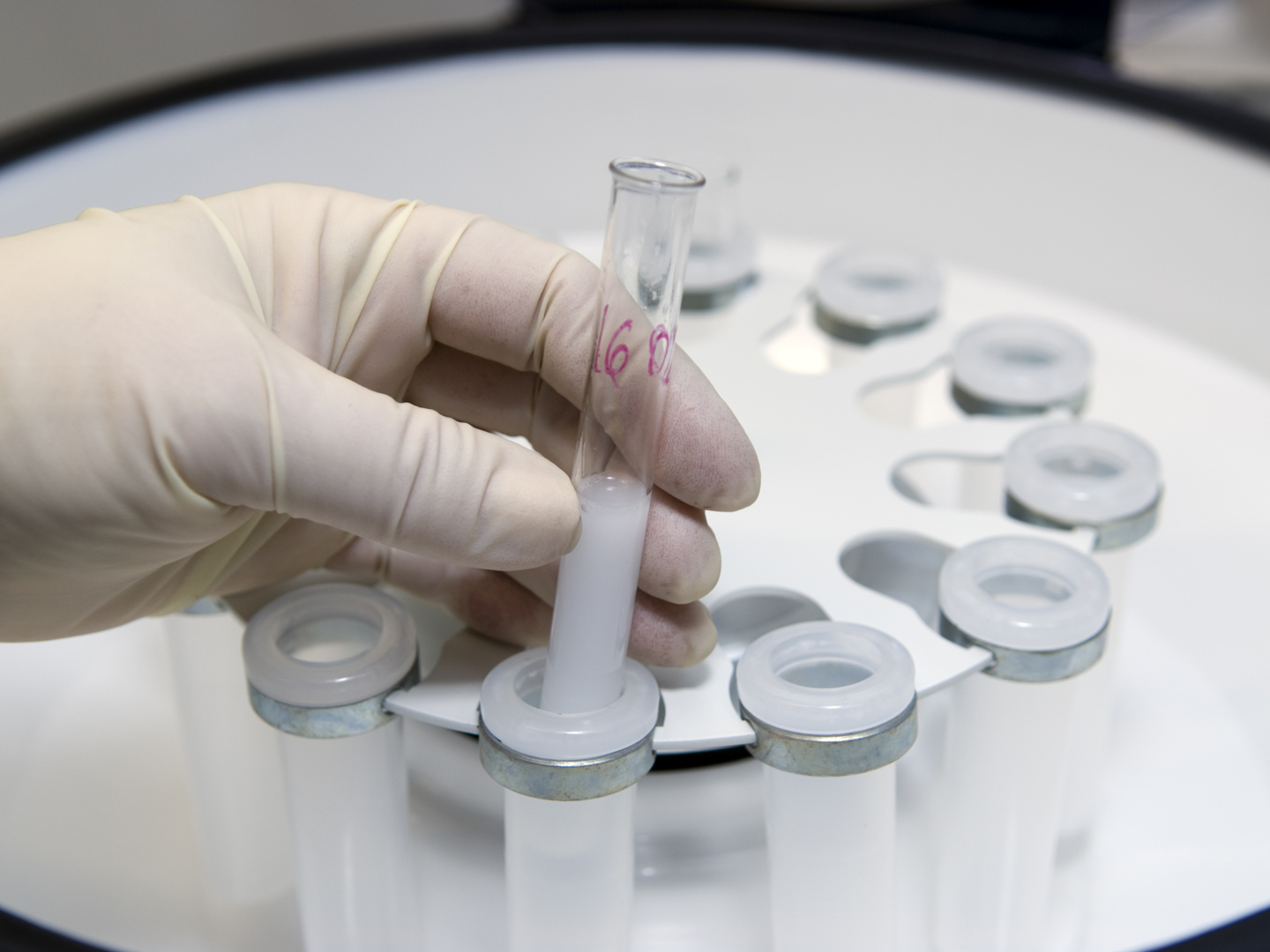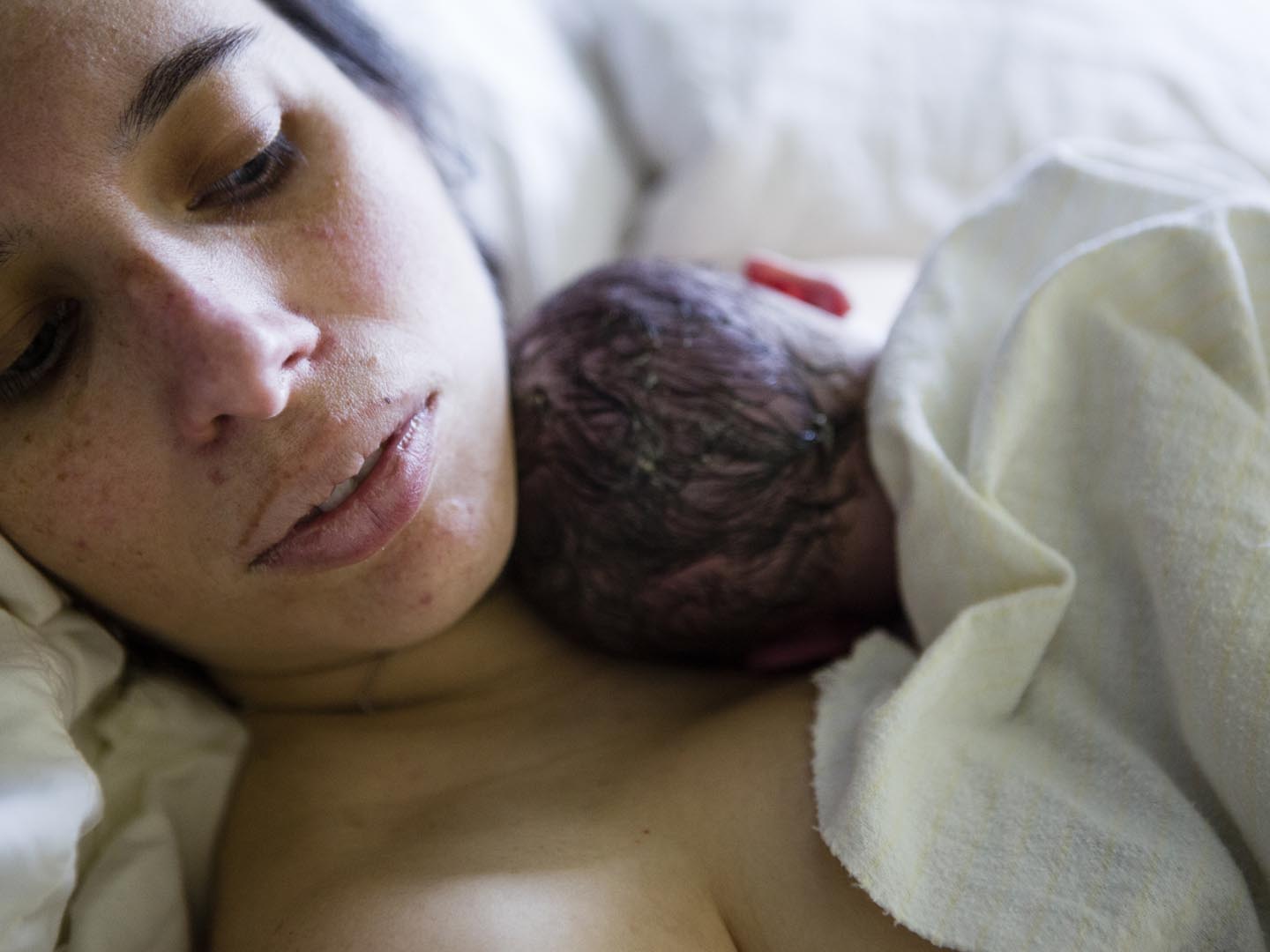Do Toxic Chemicals Threaten Pregnancy?
I heard that exposure to environmental pollutants can cause miscarriage and stillbirths as well as pose other dangers to women and children. Can you tell me anything more about this?
Andrew Weil, M.D. | February 12, 2016

I believe you’re referring to a statement issued in October (2015) by the International Federation of Gynecology and Obstetrics (FIGO), the first global reproductive health organization to take a stand on the threat posed by exposure to toxic chemicals. In addition to miscarriage and stillbirths, FIGO listed impaired fetal growth, congenital malformations, impaired or reduced neurodevelopment and cognitive function. The statement also cited an increase in cancer, attention problems and hyperactivity as dangers associated with exposure to pesticides, air pollutants, plastics, solvents and other toxins.
The opinion was written by obstetrician-gynecologists and scientists from the major global, U.S., UK and Canadian reproductive health professional societies, as well as the World Health Organization and the University of California, San Francisco (UCSF). FIGO is made up of obstetrical and gynecological associations from 125 countries/territories worldwide.
“We are drowning our world in untested and unsafe chemicals, and the price we are paying in terms of our reproductive health is of serious concern,” said Gian Carlo Di Renzo, M.D., Ph.D., lead author of the FIGO opinion.
The authors wrote that in the U.S. alone, more than 30,000 pounds of chemicals per person are manufactured or imported, the vast majority of which have never been tested. Of the more than 80,000 chemicals used in consumer products here, the Environmental Protection Agency (EPA) has reviewed only a few hundred for safety.)
The FIGO statement also made the point that chemicals travel the globe via international trade agreements, such as the Transatlantic Trade and Investment Partnership being negotiated between the European Union and the United States. Environmental and health groups have criticized it for weakening controls and regulations designed to protect communities from toxic chemicals.
The FIGO opinion gave the following examples of the toll exposure to toxic environmental chemicals is taking worldwide: Nearly 4 million people die every year as a result of indoor and outdoor air pollution.
- Pesticide poisoning of farmworkers in sub-Saharan Africa is estimated to cost $66 billion between 2005-2020.
- Health care and other costs from exposure to endocrine disrupting chemicals in Europe are estimated to be at a minimum of 157 billion Euros a year.
- The cost of childhood diseases related to environmental toxins and pollutants in air, food, water, soil and in homes and neighborhoods was calculated to be $76.6 billion in 2008 in the United States.
FIGO called on physicians, midwives and other reproductive health professionals to advocate for policies aimed at preventing exposure to toxic environmental chemicals and to make environmental health part of health care.
I hope other groups will join the effort.
Andrew Weil, M.D.
Source:
Carlo Di Renzo et al, “International Federation of Gynecology and Obstetrics opinion on reproductive health impacts of exposure to toxic environmental chemicals.” International Journal of Gynecology & Obstetrics, DOI: http://dx.doi.org/10.1016/j.ijgo.2015.09.002









